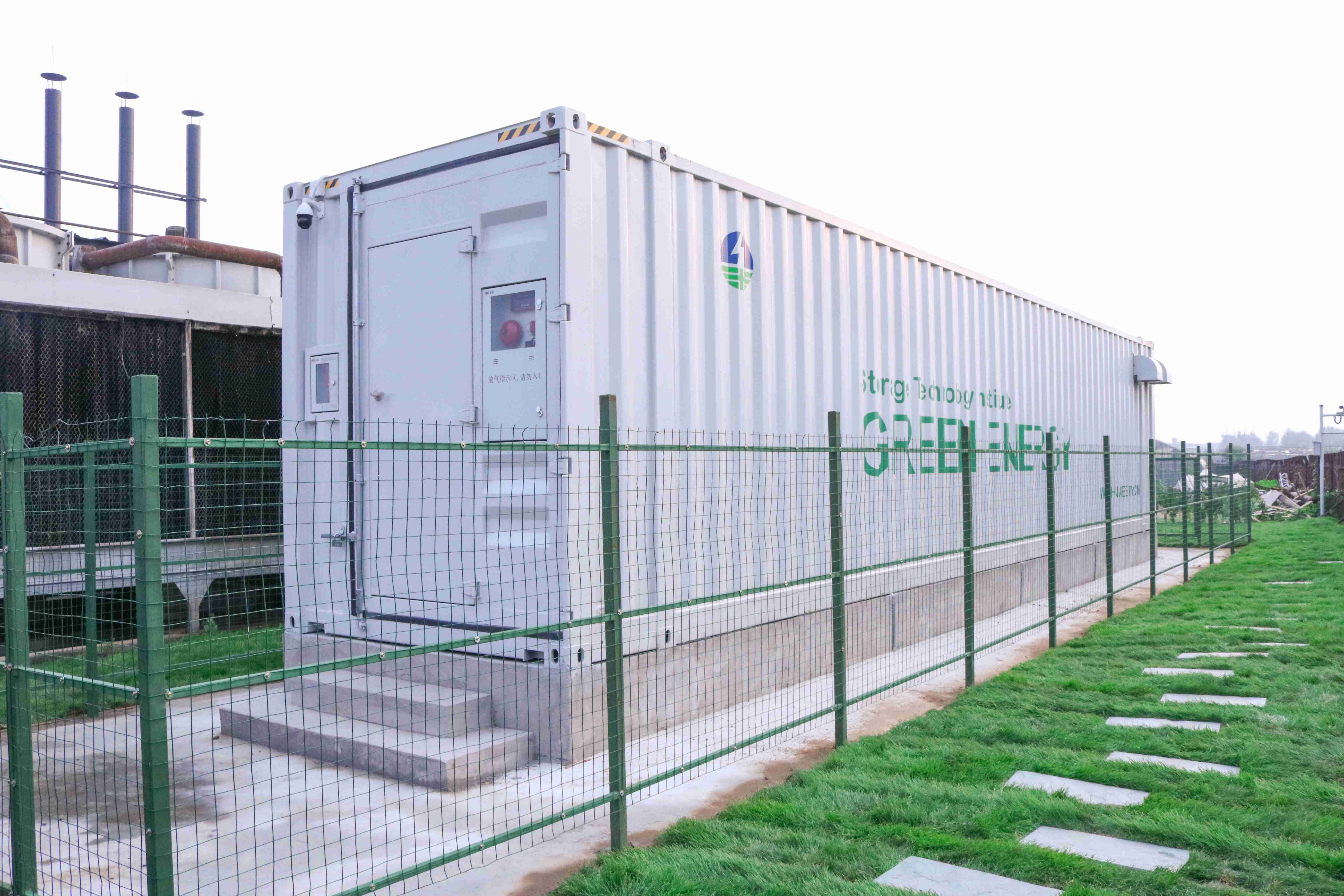
Nov. 29., 2023 13:34 Zurück zur Liste
Häufige Probleme bei der Energiespeicherung in der Industrie und im Gewerbe
The domestic industrial and commercial energy storage market is experiencing rapid growth. However, ensuring the rationality, economy, and safety of energy storage project construction requires a deep understanding of the energy storage system and the design and construction process. To provide some guidance, common problems in the design and construction of industrial and commercial energy storage systems are summarized below.
One of the key application values of industrial and commercial energy storage systems is peak-valley arbitrage. By taking advantage of the price difference between peak and valley electricity rates, these systems can charge during low-demand periods and discharge during high-demand periods, effectively reducing enterprise electricity costs. Another application is balance demand electricity bills. Energy storage systems can help cut peaks and fill valleys, eliminating peak loads and smoothing out the power consumption curve, ultimately reducing demand electricity bills.
Moreover, industrial and commercial energy storage systems offer dynamic capacity expansion. Often, the transformer capacity for users is fixed, and when the user needs to overload the transformer for a certain period, capacity expansion is required. However, by installing a matching energy storage system, the transformer load can be reduced through energy storage and discharge during this period, resulting in cost savings by avoiding the need for transformer capacity expansion. Additionally, energy storage systems enable demand-side response. With such systems in place, customers no longer need to limit power or pay high electricity bills during demand response periods. Instead, they can participate in demand response transactions through the energy storage system and receive additional compensation fees.

Hinsichtlich der Investitionsmodelle gibt es zwei Hauptoptionen für industrielle und gewerbliche Energiespeichersysteme: Vertragsenergiemanagement und Eigeninvestition des Eigentümers. Beim Vertragsenergiemanagementmodell investieren Energieinvestoren in den Kauf und Bau von Energiespeichersystemen und schließen dann Energiedienstleistungsverträge mit stromverbrauchenden Unternehmen ab, um die Vorteile zu teilen. Das Aufteilungsverhältnis zwischen Energieinvestoren und stromverbrauchenden Unternehmen folgt typischerweise einem Verhältnis, beispielsweise 90 %:10 % oder 85 %:15 %. Beim Eigentümer-Selbstinvestitionsmodell hingegen investieren stromverbrauchende Unternehmen selbstständig in den Kauf von Energiespeichersystemen und ziehen alle Vorteile aus ihrer eigenen Investition.
To be suitable for installing industrial and commercial energy storage power stations, companies need to be located in areas with large peak-valley price differences for electricity. This is because the main source of income for such power stations is the income from the peak-valley price difference. Additionally, the enterprise's electricity load period should cover the peak period, and the average peak-to-valley price difference should be significant (generally above 0.7 yuan/kWh). It is also important that there are enough remaining capacity in the transformer during valley and flat periods of enterprise power consumption to charge the energy storage system. Furthermore, companies with fewer shutdown days for maintenance and off-season are ideal, as the annual utilization time of the energy storage system should be more than 270 days to ensure optimal yield.
In order to install energy storage power stations, electricity companies need to gather specific information. This includes basic information about electricity consumption type, basic electricity price, time-of-use periods, time-of-use electricity prices, enterprise power outage and production statuses. Preliminary determination of energy storage time-sharing charging and discharging strategies also depends on knowing the power consumption type, time-of-use periods, and electricity prices. Additionally, understanding the company's production situation and the annual utilization time of energy storage is crucial. Load power consumption data, including power load data, load average/maximum power, and transformer capacity in the past year, is also necessary. This data is used to calculate the energy storage construction capacity based on load data and transformer capacity, and to design the system charge and discharge time control logic and system economic calculations. Detailed information about the primary power system diagram, factory floor plan, distribution room layout, cable trench direction diagram, and reserved space should also be provided to determine the installation location of the energy storage system and design the access plan.

To calculate the energy storage construction capacity based on enterprise power load information, it is important to ensure that the maximum load during the power + period of energy storage charging is less than 80% of the transformer capacity. This is done to prevent overloading of the transformer capacity when charging the energy storage system. Additionally, the load during peak hours of electricity prices during the day should be greater than the peak power of energy storage discharge. Simply providing monthly or annual electricity consumption data is not enough to accurately reflect the company's 24-hour electricity load every day and calculate the energy storage configuration capacity. A detailed example is given, demonstrating how the total transformer capacity, electricity load pattern, and time period affect the energy storage construction capacity.
In summary, as the domestic industrial and commercial energy storage market continues to grow, it is crucial to ensure the rationality, economy, and safety of energy storage project construction. Understanding the various application values, investment models, and requirements for suitable installation can help guide the design and construction of industrial and commercial energy storage systems. Gathering the necessary information and accurately calculating the energy storage construction capacity based on enterprise power load information are also vital steps in ensuring the success of energy storage power station installations.
Verwandte Produkte:
Selbstkühlender, dezentraler Energiespeicherschrank EN-215 für den Außenbereich – Leistungstyp
Wird bei Verstoß entfernt
Referenz-Website:https://www.escn.com.cn
-
Wireless DC Charging: The Next Frontier in Contactless EV Power Delivery
NachrichtAug.04,2025
-
Hybrid BMS Energy Controls: Integrating Renewable Energy Sources
NachrichtAug.04,2025
-
Blockchain for Secure and Decentralized EMS Power Systems
NachrichtAug.04,2025
-
AI-Driven for Smart Grids: Energy Management System (EMS)
NachrichtAug.04,2025
-
Advanced Distribution Management System (ADMS) Energy
NachrichtAug.04,2025
-
5G-Enhanced BMS Energy Savings: Ultra-Low Latency Control
NachrichtAug.04,2025























